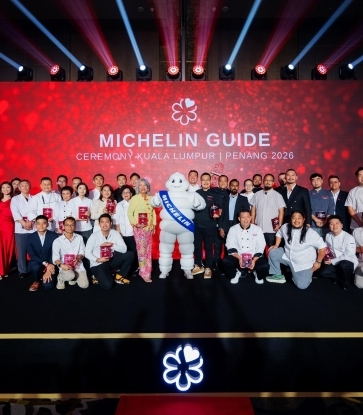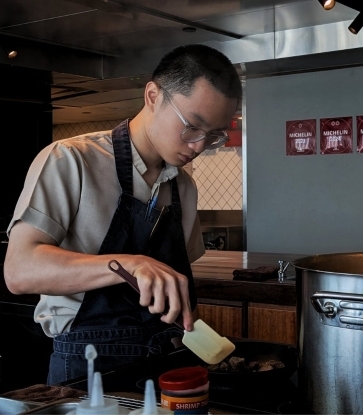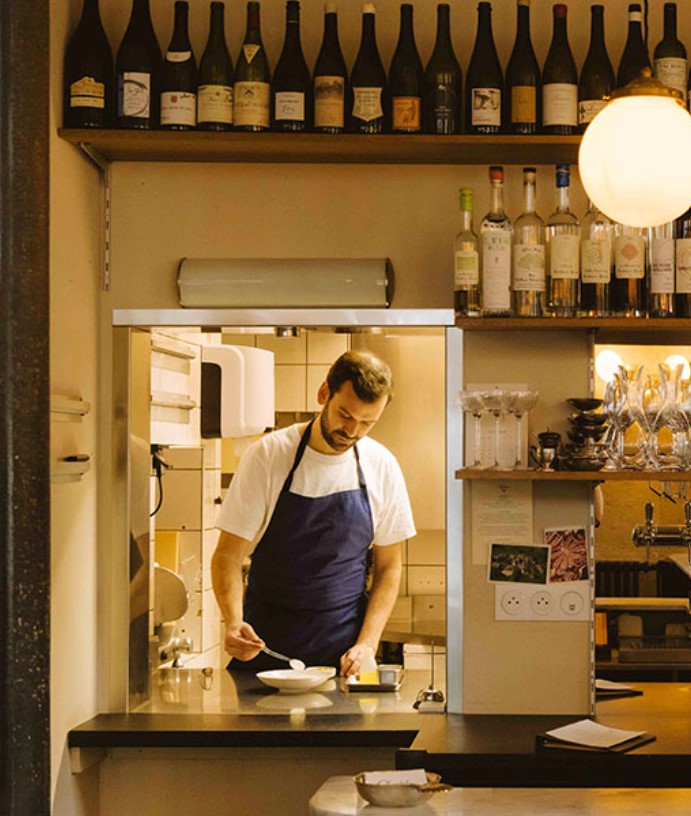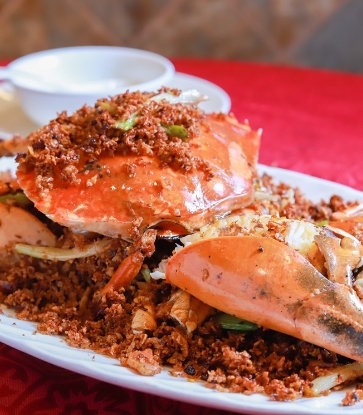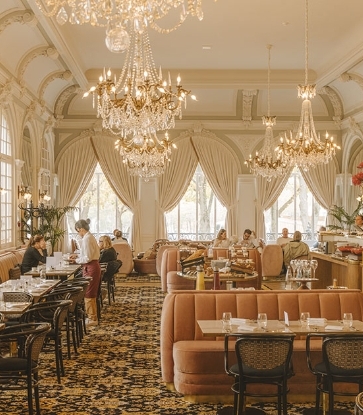In the culinary world, some dishes have a short lifespan, fading as trends come and go, while others stand the test of time. Char siu is one such dish with enduring appeal.
A delicacy of seasoned pork strips roasted to perfection, char siu is loved for its meaty, rich, and satisfying flavours. Since the 1950s, it has been a fixture on Hong Kongers’ dining tables, its popularity transcending generations. Today, char siu is served everywhere, from fine-dining restaurants to humble cha chaan tengs, making it a must-try dish that suits any budget for visitors to Hong Kong.
RELATED: Restaurant Secrets: How To Order Char Siu Like An Expert
The First Form of Char Siu
According to historical records, barbecued meat was included in a royal recipe book over 3,000 years ago as part of the royal menu during the Zhou dynasty. This dish later evolved into “skewered roast” (caap3 siu1) — when food enthusiasts discovered the deliciousness of tenderloin and began skewering it to roast over an open fire. This early form of char siu eventually made its way to Guangdong, gradually evolving into the char siu we know today.
RELATED: Tracing the Origin: Hong Kong’s Famous Char Siu Egg Rice
From “Tor Dei” to “First Cut” Char Siu
Food has always reflected the needs and tastes of society, and char siu is no exception. In the early days, Hong Kong’s workforce was dominated by blue-collar workers in physically demanding jobs who preferred hearty meals to replenish the energy they expended. This preference led to the rise of “tor dei” char siu. “Tor dei,” meaning 'brushing the floor', refers to the belly of Yuen Long’s Da Hua Bai pig, so fatty that it touches the ground. Crafted from this fat belly meat, “tor dei” char siu features four layers of lean meat and three layers of fat, offering a remarkably rich and sumptuous flavour. It perfectly matched the needs of the time and became the version of char siu that best represented this era.
As society grew wealthier and people became more health-conscious, the popularity of tor dei char siu declined as it was considered too fatty. Since the 1990s, “mui tau” char siu — made from the pork collar cut — has taken its place. When prepared by chefs with exceptional knife skills, mui tau char siu offers alternating layers of lean meat and fat in each bite, providing a remarkable mouthfeel and depth of flavour.

The pursuit of perfection, however, knows no end. As the palates of Hong Kong diners have grown more refined in recent years, restaurants have had to keep pace, elevating their char siu by exploring different pig breeds. Leading this trend is the Black Iberian pig. Originating from Spain, this prized breed is fed exclusively on acorns, which allows its meat to develop incredible marbling and a unique nutty flavour. The char siu made from it stands out with its impressively tender texture, quickly becoming a sensation in the quest for the ultimate char siu. (left image: Char siu made from Black Iberian pig, a signature at Tin Lung Heen. (© Tin Lung Heen)
Hungary's Mangalitsa pork has also emerged as a popular breed for making char siu. With a fat-to-lean ratio of 70% to 30%, char siu made from Mangalitsa pork boasts a buttery texture that almost melts in the mouth, earning it a place in some high-end restaurants. Other popular pork breeds used for char siu include the British Bath pig, known for its flavourful meat; the U.S. Kurobuta, prized for its tenderness; and disease-free pigs raised in closed farms in Thailand.
New developments have also emerged in the cuts of pork used for char siu. Lately, some restaurants have introduced “first cut” char siu, which has become the talk of the town. So, what is “first cut”? It refers to the tip of “mui tau,” named for being the first part butchers cut when the meat arrives at the stall. Exceptionally tender with a delicate texture, this cut offers a distinct, springy mouthfeel unmatched by other pork cuts. Its rarity further drives demand, as there is less than one catty of “first cut” meat in a 200-catty pig, making it a highly sought-after delicacy.
RELATED: The Most Affordable MICHELIN Starred Restaurants in Hong Kong

The Revival of Charred Edges and More
Apart from the cuts and breeds, the marinade has also evolved over time. One might not have imagined char siu once being heavily soy-flavoured. In its early days, it was marinated with fermented black beans, and the pronounced soy taste made it a perfect companion to a bowl of steamed rice. Later, to appeal to children, chefs began brushing honey or maltose onto the marinated pork strips before returning them to the oven for a second round of roasting, creating a caramelising effect. This method gave rise to the sweet version of char siu that is widely enjoyed today.
Another noteworthy feature is the charred edges. In Hong Kong Cantonese, these charred edges are affectionately called “fo2 gai1,” which translates to “fire chicken.” In the past, it was common for char siu to retain these burnt ends. However, as time passed, restaurants began removing them due to customers' health concerns. Recently, though, “fire chicken” has experienced a revival; some restaurants even make it a selling point, enticing customers who long for the caramelised flavours.
Moreover, those in the know are familiar with the story behind an unsliced piece of char siu. Today, char siu is always sliced before serving, with the thickness of the slices depending on the texture the chefs aim to deliver. However, in the past, char siu was served whole. This unassuming presentation allowed diners to enjoy a full mouthful of meat, satisfying the kind of enjoyment people sought at the time. Over the years, char siu has evolved into a refined appetiser, and its presentation has changed accordingly. For example, rose wine is now poured over the char siu and ignited tableside, adding a performance element along with the delectable aroma of the wine. Such a presentation was unimaginable in the past, reflecting how the market has adapted to the demands of a different time.
Iconic Hong Kong Delicacy
Char siu stands the test of time by constantly evolving with the times, adjusting to suit the needs of each era, making it a timeless delicacy. When in Hong Kong, be sure to save room for this quintessential dish that transcends generations and budgets.
Where to Enjoy MICHELIN-recommended Char Siu:
Tor Dei” char siu: Tai Wing Wah
“First Cut” char siu: The Chairman, Tai Wai Dining Room (Tai Wai)
Black Iberian pig char siu: Tin Lung Heen, Rùn, Man Ho (Admiralty), Cuisine Cuisine at The Mira
Hungary's Mangalitsa pigchar siu: Spring Moon
“mui tau" char siu: Duddell's
RELATED: Best Char Siu in Hong Kong
Hero image courtesy of Tai Wai Dining Room (Tai Wai). ( © Tai Wai Dining Room)
Further Reading: The Best Dim Sum or Yum Cha Places in Hong Kong






